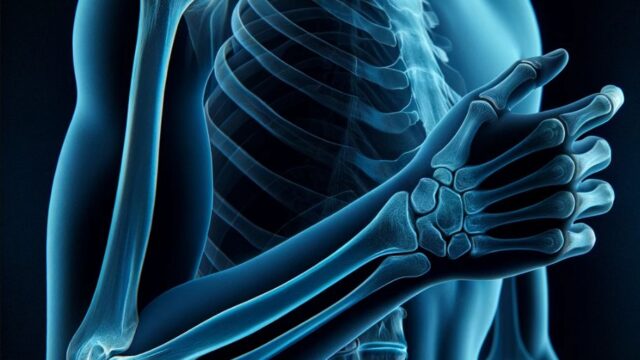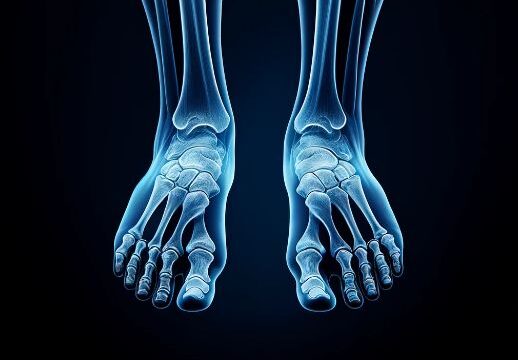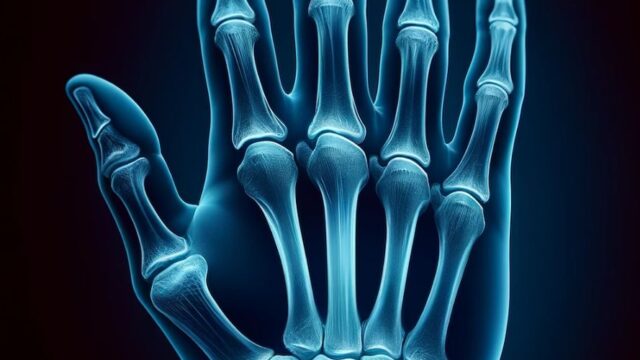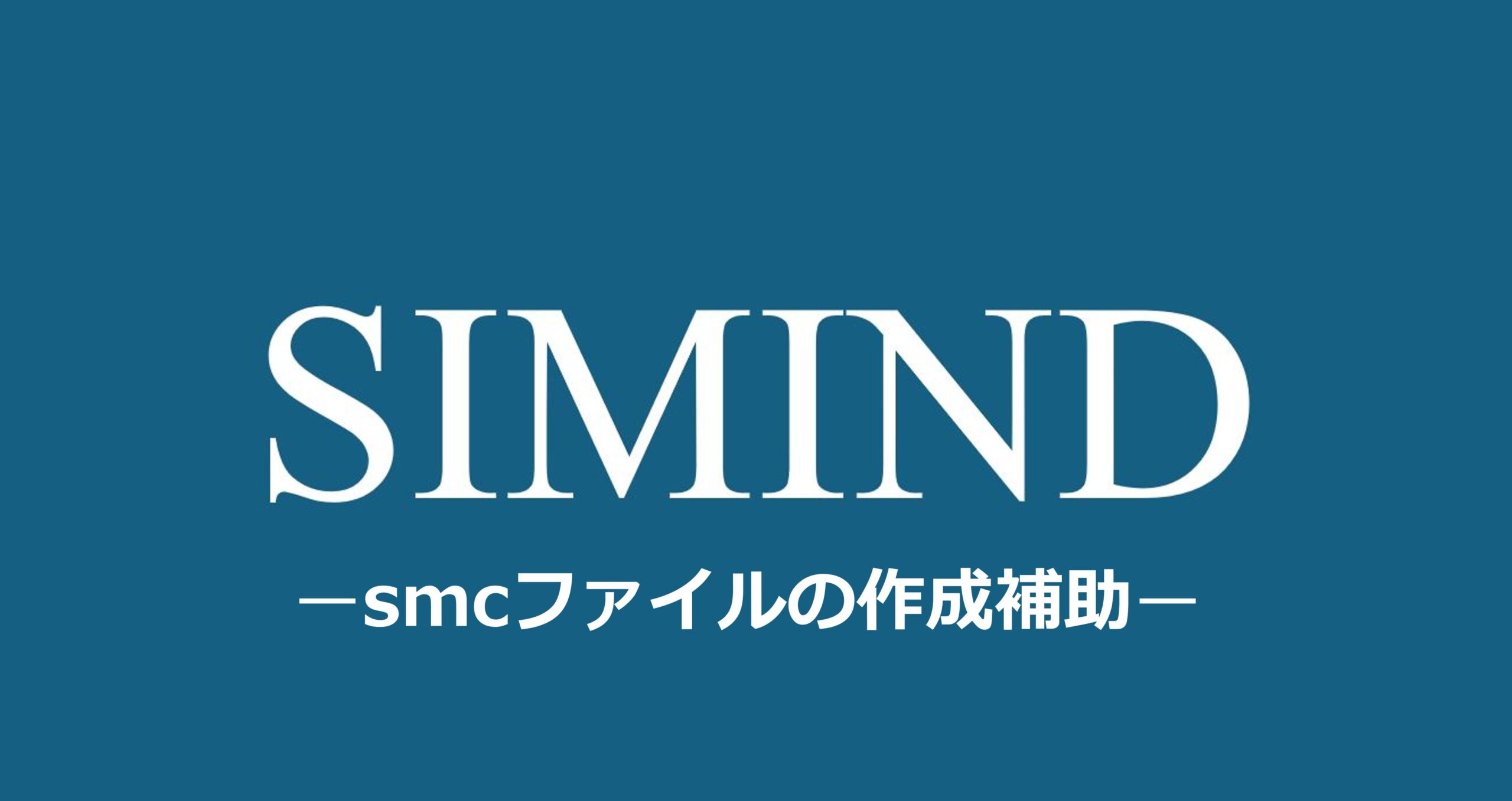Purpose
AP view : Observation of the posterior ribs.
PA view : Observation of the anterior ribs.
Prior confirmation
Confirming the desired location (upper ribs, lower ribs).
Should both sides of the ribs be captured simultaneously with a 17×17 or 14×17 inch cassette?
Remove any obstacles (necklaces, buttons, etc.).
Positioning
Some literature mentions that if the area of interest is above the diaphragm, an upright position is suitable, while a supine position is appropriate if the area of interest is below the diaphragm.
Align the coronal plane parallel to the cassette.
Raise the chin to ensure it does not overlap with the upper ribs.
Place markers (R, L).
Position the markers ( * ) at the same height as the affected area.
Align the outer edge of the trunk and the midpoint of the mid-sagittal plane with the center of the cassette.
If possible, internally rotate the arms to move the scapulae away from the lung field.
For areas above the diaphragm : Position the cassette to include the 1st rib.
For areas below the diaphragm : Position the cassette to include the 12th rib.
CR, distance, field size
CR : Perpendicular to the center of the cassette.
Distance : 100cm.
Field size : Include the thoracic vertebrae to the outer edge of the trunk.
For areas above the diaphragm : The 1st rib (vertebra prominens) should be included.
For areas below the diaphragm : The 12th rib (costal arch) must be included.
Exposure condition
70kV / 25mAs
Grid ( + )
For areas above the diaphragm : Full inspiration.
For areas below the diaphragm : Full expiration. (This helps raise the diaphragm and reduce abdominal thickness to increase contrast and enhance visibility of the lower ribs.)
Image, check-point
Abnormal (Radiopaedia)
Ensure there is no rotation. (Spinous processes should be aligned with the center of the spine, and the sternoclavicular joints should be symmetrical).
Without any motion blur.
Confirm that the affected area (marker) is included.
The ribs in the affected area should be identifiable by their numbering.
Ensure clear visibility of the affected area with appropriate contrast and tolerance settings.
Include the thoracic vertebrae and ribs in the image.
For areas above the diaphragm : Ensure that the 10th rib is visible above the diaphragm.
For areas below the diaphragm : Ensure that the 8th rib is visible below the diaphragm.
Videos
Related materials






















